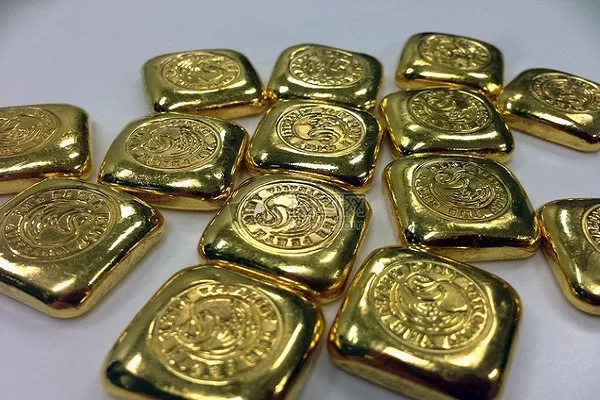In an ever-evolving global economy, the role of gold as a store of value and investment asset has been a subject of perennial interest and scrutiny. As we peer into the future, questions abound regarding the enduring relevance and potential appreciation of this precious metal. This article aims to dissect the factors influencing the future value of gold, exploring its historical significance, current market dynamics, and prospective outlook.
Historical Perspective
Gold has captivated civilizations for millennia, prized for its rarity, durability, and aesthetic appeal. From ancient civilizations to modern economies, its allure as a symbol of wealth and stability remains undiminished. Over centuries, gold has weathered economic upheavals, currency fluctuations, and geopolitical tensions, consistently asserting itself as a reliable hedge against uncertainty.
Current Market Dynamics
In contemporary financial markets, gold occupies a unique position. It serves both as a safe-haven asset during times of market turbulence and as a commodity subject to supply and demand dynamics. The interplay of these factors influences its price volatility and investor sentiment.
Safe-Haven Status
Amidst economic volatility and geopolitical unrest, gold typically shines brightest. Investors flock to gold as a safe haven, seeking refuge from currency devaluation and financial instability. This demand surge can propel prices upward, reflecting market perceptions of risk.
Economic Indicators
Gold’s price movements are also tethered to broader economic indicators. Factors such as interest rates, inflation expectations, and currency movements play pivotal roles in shaping investor sentiment towards gold. For instance, periods of low interest rates may boost gold prices as the opportunity cost of holding non-yielding assets diminishes.
Industrial Demand
Beyond its role as a financial asset, gold enjoys robust demand from various industries, including electronics, jewelry, and healthcare. This industrial demand provides a fundamental underpinning to its market value, influencing supply dynamics and price stability.
Future Projections
Looking ahead, several key factors will shape the future value trajectory of gold:
Economic Uncertainty
The persistence of global economic uncertainties, exacerbated by geopolitical tensions and trade disputes, underscores gold’s enduring appeal as a safe-haven asset. Continued market volatility and inflationary pressures could sustain demand for gold, bolstering its long-term value proposition.
Monetary Policies
Central bank policies, particularly regarding interest rates and monetary stimulus measures, wield significant influence over gold prices. Policies favoring accommodative monetary stances may buoy gold demand, whereas tightening measures could exert downward pressure.
Technological Advancements
Innovation in mining technologies and extraction techniques may impact future gold supply dynamics. Advances in recycling and sustainable mining practices could influence production costs and availability, thereby affecting price stability.
Geopolitical Developments
Geopolitical instability remains a wildcard in forecasting gold prices. Escalating conflicts or diplomatic tensions tend to amplify gold’s safe-haven allure, heightening its attractiveness as a portfolio diversifier.
Investment Considerations
For investors, gold’s role within a diversified portfolio remains compelling. Its low correlation with traditional assets, such as equities and bonds, enhances portfolio resilience against market downturns. Moreover, gold’s historical track record as a store of value underscores its utility as a long-term investment hedge.
Portfolio Diversification
Integrating gold into investment portfolios can mitigate overall risk exposure, particularly during periods of economic uncertainty or market stress. Its non-correlated nature with other assets can enhance portfolio stability and resilience against volatility.
Inflation Hedge
Gold has historically served as an effective hedge against inflationary pressures. As central banks pursue expansionary monetary policies to stimulate economic growth, inflation concerns may heighten, bolstering demand for inflation-resistant assets like gold.
Market Volatility
During periods of heightened market volatility, gold’s role as a safe haven becomes particularly pronounced. Investors seeking capital preservation and wealth protection often turn to gold, reinforcing its status as a risk-averse asset class.
See Also How Much Money Do You Need to Trade Gold Futures?
Conclusion
In conclusion, the future value of gold hinges on a complex interplay of economic, geopolitical, and market forces. While its enduring allure as a safe haven and store of value remains intact, future price dynamics will be shaped by evolving global trends, technological advancements, and investor sentiment. As investors navigate an increasingly uncertain economic landscape, gold’s role within diversified portfolios is poised to maintain its relevance as a strategic asset. By understanding these dynamics and anticipating future trends, investors can make informed decisions regarding the incorporation of gold into their investment strategies, ensuring robust portfolio performance in diverse market conditions.


